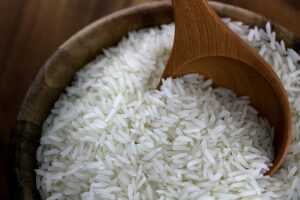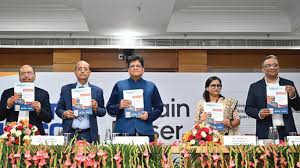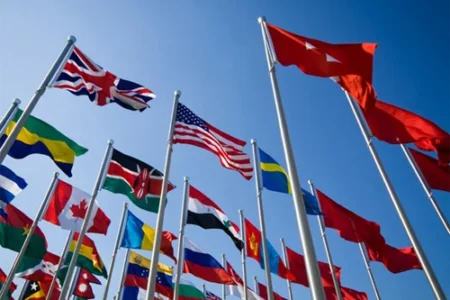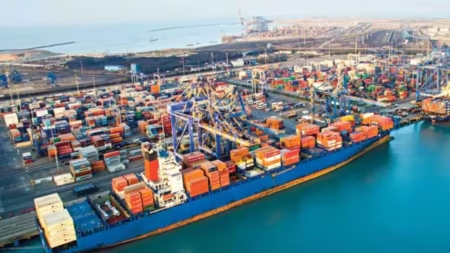India’s container volume is poised for 8 percent growth to 342 MT despite the Red Sea crisis, driven by infrastructure upgrades and port expansions.
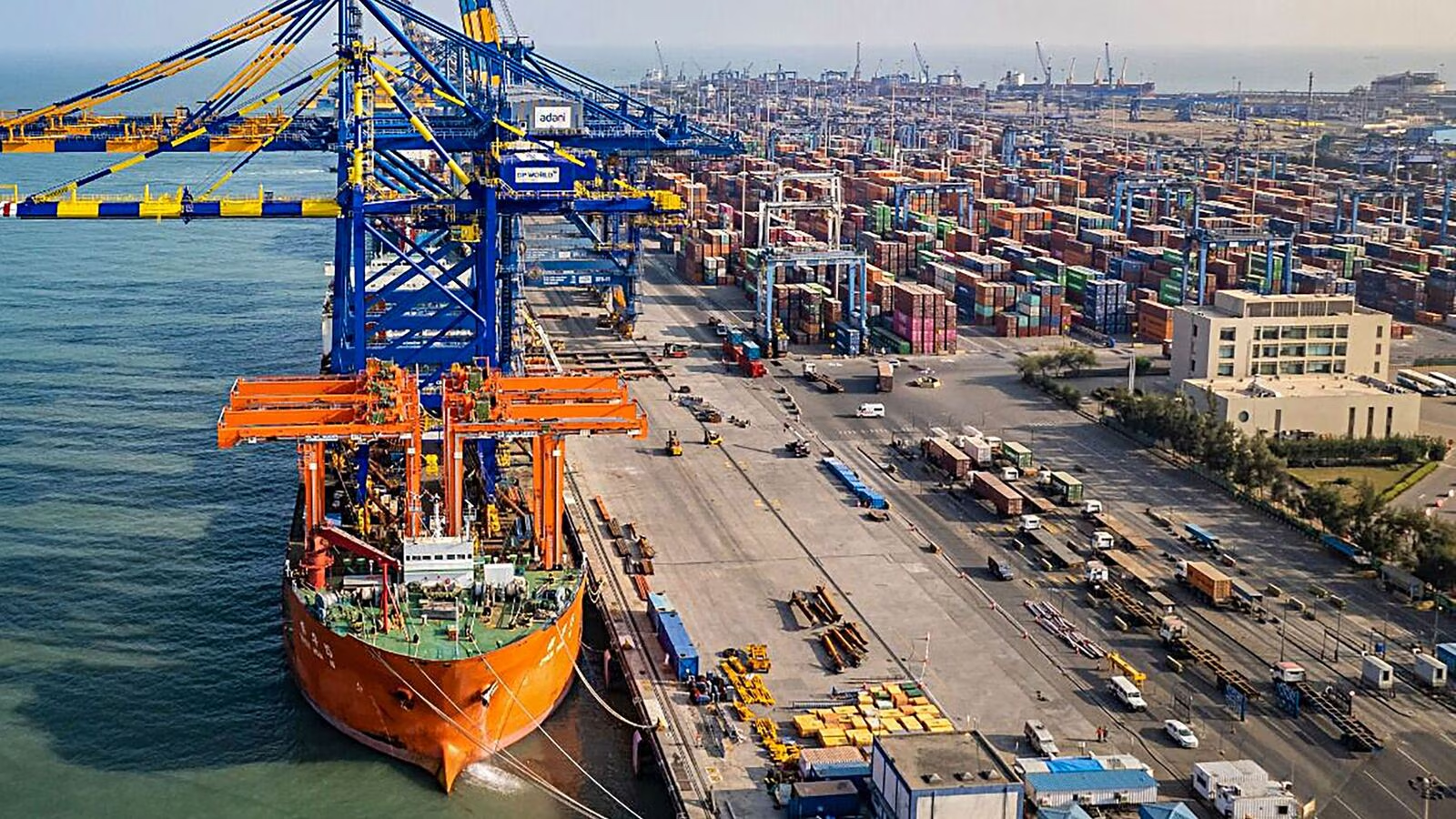
India’s container volume is projected to increase by 8 percent to 342 million metric tons this fiscal year, despite concerns over the prolonged Red Sea crisis, according to a report by CareEdge Ratings. The dedicated freight corridor’s connection to Jawaharlal Nehru Port by FY26 and capacity expansions at various ports are expected to support this growth.
The report notes that crude oil, coal, and containers dominate India’s cargo throughput, accounting for 74–75 percent of the total. Over the past three years, POL grew at a 4 percent CAGR, while coal and container volumes saw 13 percent and 9 percent growth, respectively. Despite a predicted 3-4 percent dip in coal imports due to increased domestic production, coal cargo throughput at ports is expected to grow at a 2-3 percent CAGR from FY24 to FY26. Coastal cargo share is forecast to rise from 34 percent in FY23 to 42 percent by FY26, driven by coal movement along the eastern coast.
CareEdge Ratings Director Maulesh Desai highlighted the government’s focus on improving infrastructure for sectors like steel and cement, which supports increased coastal movements. Coal throughput increased from 292 MMT in FY22 to 367 MMT in FY23, driven by a 6 percent rise in thermal power generation. Year-on-year growth in coal throughput during FY24 was around 9 percent, reflecting increased domestic production and coastal coal movement. Coastal throughput is estimated to have grown from 60 MMT in FY21 to 145–150 MMT in FY24, a significant 35 percent CAGR.
Challenges from the Red Sea crisis, including longer voyage times and higher freight rates, are being addressed by capacity liners through additional vessel charters and fleet renewals. This is vital for managing increased transit times, particularly for perishable goods and low-value cargo, which constitute 10–15 percent of container volumes.
India’s trade reliance on the Suez Canal for routes to Europe, North Africa, and the Americas—about 35 percent of its total foreign trade—highlights the maritime sector’s importance. India’s maritime sector, comprising 12 major ports and over 200 non-major ports along its 7,500 km coastline, is critical for maintaining trade flow and economic growth amidst current challenges. As India enhances its port capacities and maritime infrastructure, the sector remains a cornerstone of the country’s trade and economic landscape.

